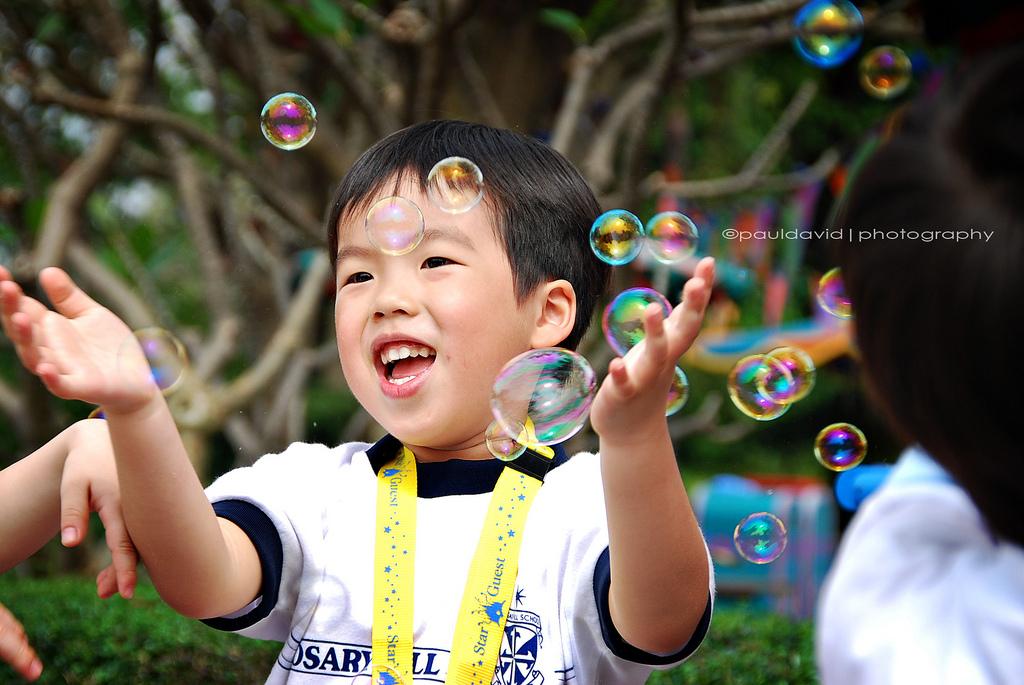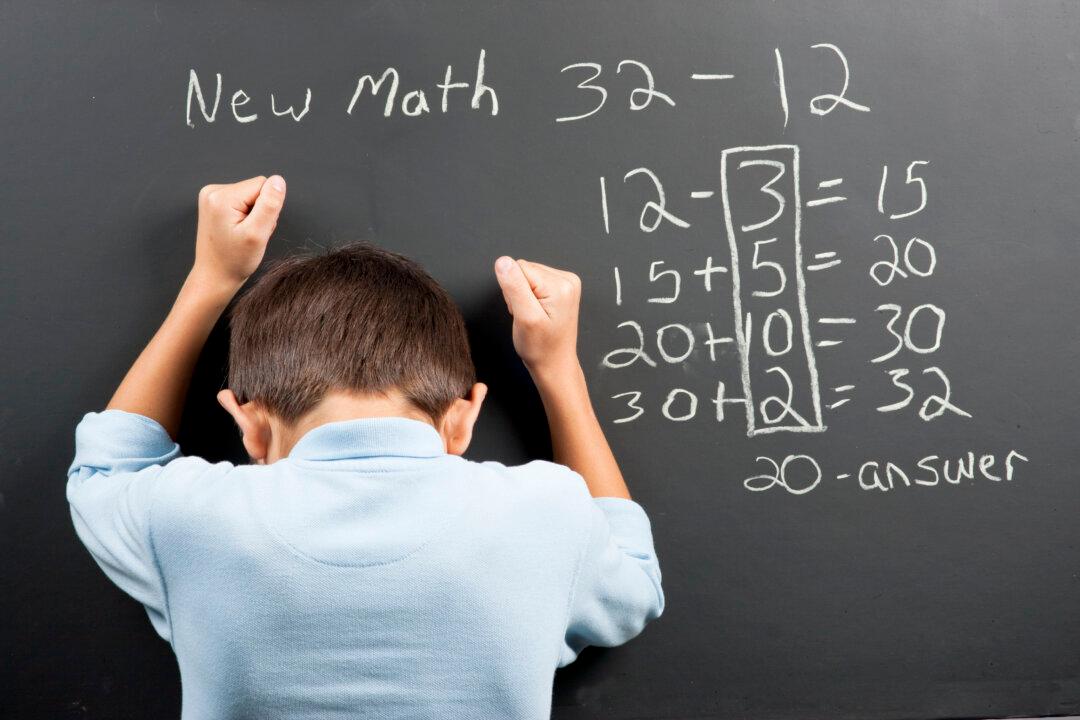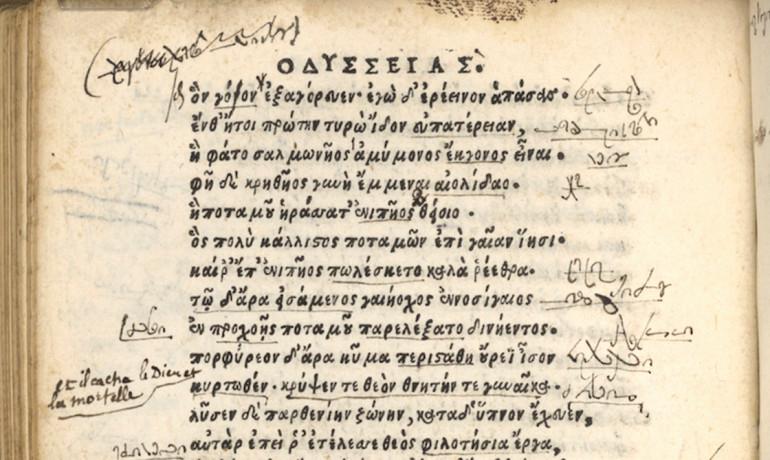Parents’ attitudes toward justice influence their babies’ neural responses to morally charged situations, new research shows.
The study from University of Chicago Professor Jean Decety and postdoctoral scholar Jason Cowell sheds new light on the mechanisms underlying the development of morality in very young children.
The neuroscientists found that strong individual differences in the perception of prosocial and antisocial behaviors are present in children as young as 12 to 24 months old—and that these differences are predicted by their parents’ sensitivity to justice.
Moreover, parental cognitive empathy is linked to babies’ willingness to share.
Additional research is warranted to figure out “what contributes to such early parent-child transmission of values,” write the authors, who add that a complex combination of biological and socio-environmental influences are likely at play.
Good Guys And Bad Guys
The 73 infants and toddlers who participated in the study watched brief animations depicting prosocial (e.g., sharing, helping) and antisocial (e.g., hitting, shoving) behavior while the authors monitored their eye movement and brain waves using electroencephalography, or EEG.
Following the animations, the developmental neuroscientists presented the babies with toys of the helping and hindering characters and observed their preferences based on reaching. The infants also played a sharing game.
Parents answered questionnaires about their children and themselves to assess their dispositional empathy and sensitivity to justice.
In the current study, all children exhibited larger brain waves in response to prosocial scenes than antisocial ones. In addition, the children were more motivated to look at “good” characters than “bad” ones, as measured by eye tracking.
Brain Responses Differ
These findings add to a growing body of knowledge demonstrating that children are able to distinguish between prosocial and antisocial behavior from a very early age.



